When I go to a client’s house and we’re talking about new beds, borders and planting schemes, we invariably get to the conversation of wanting a more natural or organic look that ties in to the nearby environment. Folks are tired of the same linear edges, the same tiered systems of small plants up front and tall ones in back, and plants in rows, evenly spaced. Wonderful!
In 2014 I urge you to bend the unwritten gardening rules, then break them with gusto. The advantage of breaking such rules will be more happiness, more creativity, more connection to place and likely a better sense of the wildlife and nature around you. Here are 13 strategies you can follow to reimagine your garden — just in time for the plant catalogs that will be hitting your mailbox.
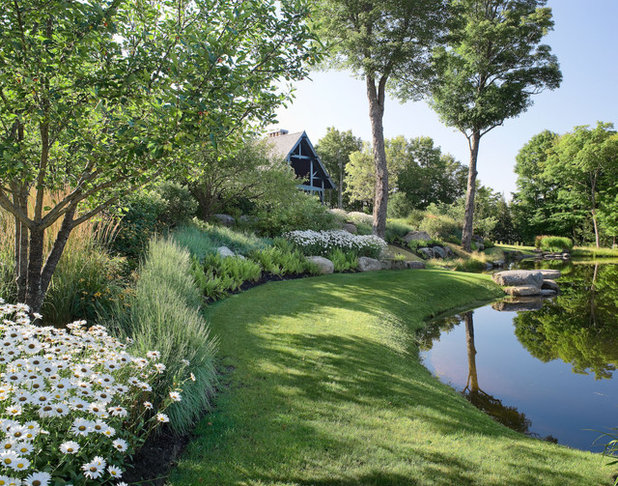
Wagner Hodgson
1. Remove lawn. I spend about three times the amount of energy mowing than I do gardening (and I mow just a few times each year). Lawns are water and nutrient hogs and wasted space for birds and insects. I like the look of lawns as pathways, and sometimes they’re nice for negative space — a place to rest the eye on and break up the garden — but beyond that they do little for garden making.
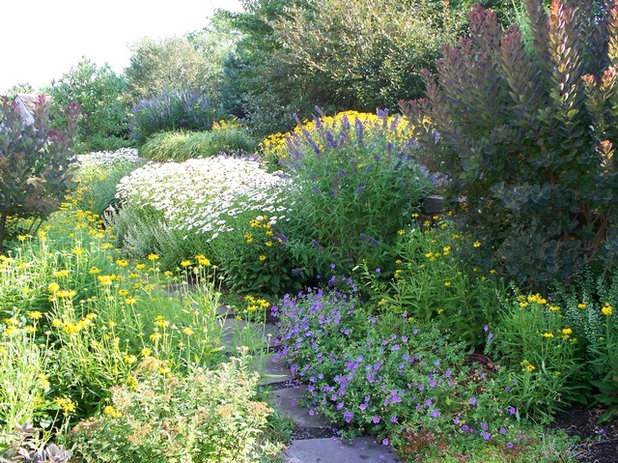
Dear Garden Associates, Inc.
2. Vary heights. Put stuff wherever you want, provided it’s in the proper soil and light. I’d like to see a blend of short plants in front and tall plants in back — let’s mix it up, create more visual interest and a more welcoming habitat for insects and birds; in this way we can hit two birds with one stone when we design our gardens. (Please don’t throw stones at birds.) Put tall plants up front — be a rebel!
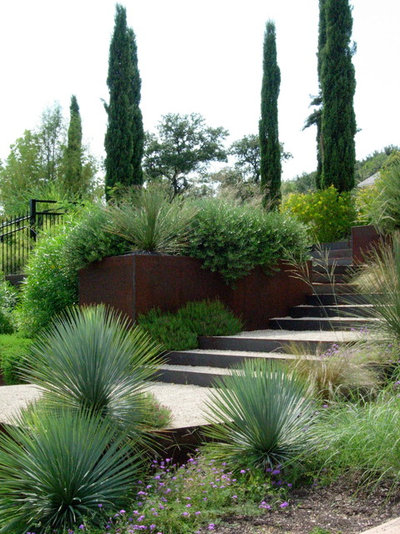
D-CRAIN Design and Construction
3. Vary textures. Here’s an image following the rule of threes, or odd-number planting. But it’s also a nice juxtaposition of leaf texture and plant structure. Isn’t it exciting? There are lots of neat angles and a neat use of space going on.
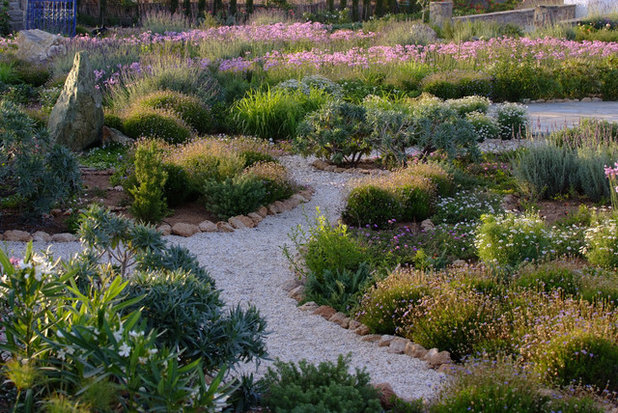
Carolyn Chadwick
4. Use more drifts and massing. Don’t you ever feel sorry for plants separated from their family? Think about drifts of the same plant and see what happens. I believe you can do this in large or small spaces; it’s just that the smaller the space, the less variety you should have — you don’t want visual overload. See what happens when you curb your variety and mass with just a few species; isn’t the garden suddenly more tranquil?
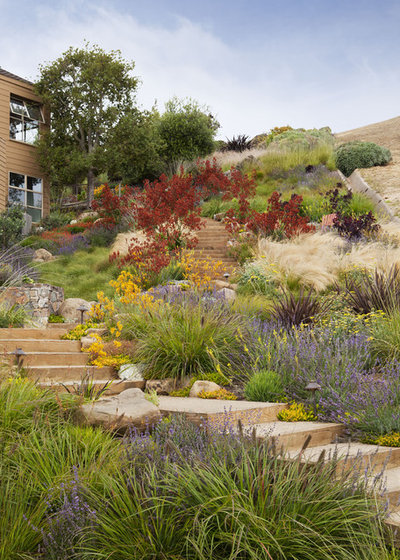
Arterra Landscape Architects
5. Plant the hillside. Who says you can’t? Who says you have to have retaining walls? Choose plants with fibrous root zones or that are aggressive spreaders, like native sedge, and your soil won’t go anywhere. In the end you’ll have a more interesting landscape.
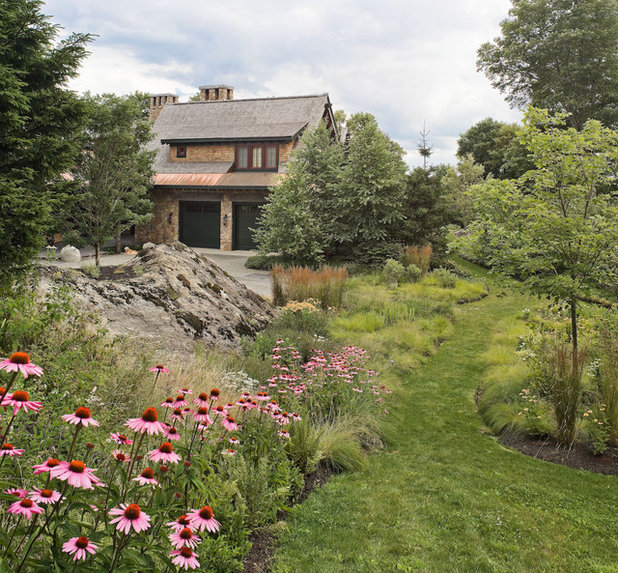
Wagner Hodgson
6. Don’t evenly space your plants. If you’re into lining up plants like a cadet review at a military academy, then go for it — it’s your landscape. But I suggest going bold and emulating nature by staggering your plants, placing two close together and then a third one twice the distance away. The first time I did this, I thought I had discovered the gateway to a fourth dimension — it was very eye-opening.
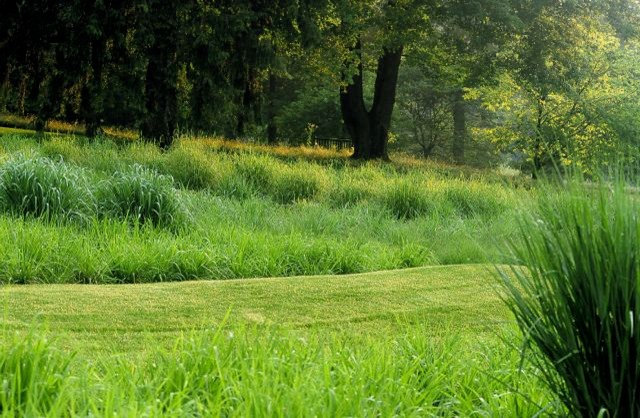
CYAN Horticulture
7. Use more ornamental grasses. I think ahead to winter, and for a winter garden to be more interesting, it needs more grasses. Of course, grasses in summer help us address many of the previous points, too. I’d say one of the top landscape blunders is not using enough grasses, or cloistering them in their own little area. Grasses shade soil, provide a habitat and outcompete a lot of weeds.
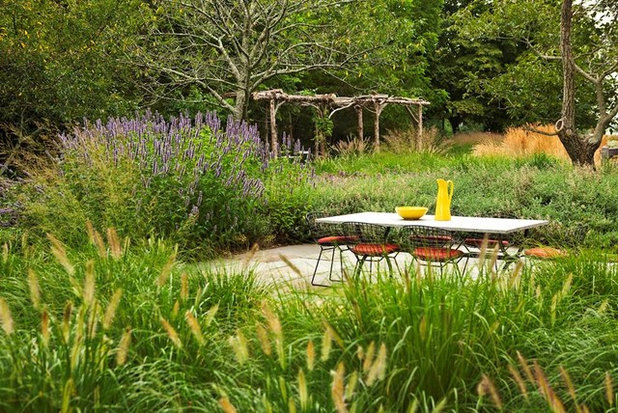
Oehme, van Sweden Landscape Architecture
8. Block the view and create rooms. If you have a few hundred square feet, you can certainly create a private little sitting area, a space for a sculpture or fountain, or simply a nice garden vantage point. I’m also into plants blocking my view at turns, or even in the middle of beds — surprise me; make me work to see what’s being hidden. Put that Baptisia or Joe Pye Weed right in my way so I’m startled.
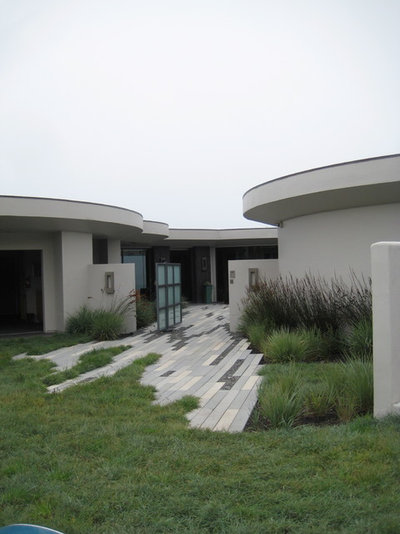
Jeffrey Gordon Smith Landscape Architecture
9. Make those beds curvy, even jagged. Don’t be afraid to make your borders and edges seductively voluptuous or unexpectedly sharp. Also, make foundation beds deep — trust me, they’ll look more interesting and give you room to breathe. One of the biggest problems with most foundation beds is that they are too narrow, coming out only a few feet from the wall — have them come out 6, 8, 10 feet so you can curve them and stagger plants, create sitting areas, remove lawn and generally make me happy.
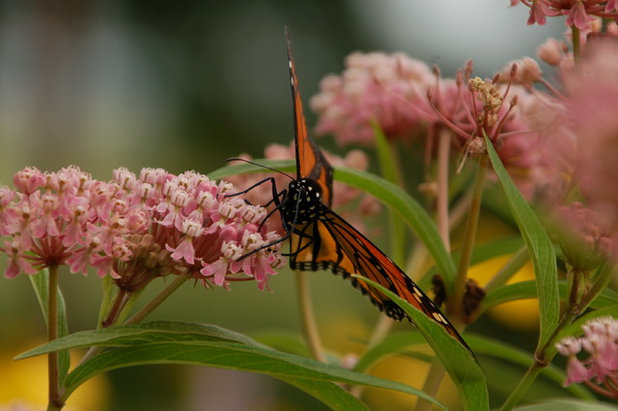
Sparrow Landscaping LLC
10. Incorporate more native plants for wildlife. Insects need native plants to lay their eggs on so caterpillars have something to eat. Might I suggest milkweed as a good starting point? There are 144 native to North America.
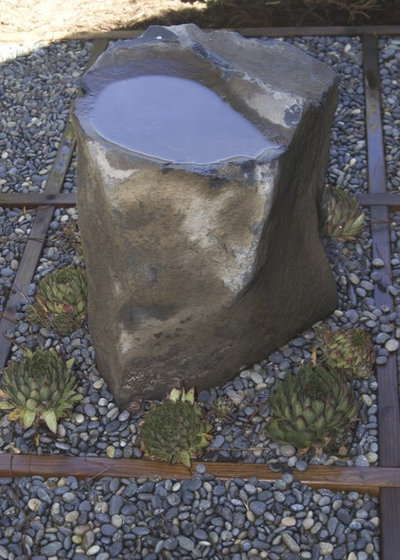
Jeffrey Gordon Smith Landscape Architecture
11. Water for life. All kinds of insects and birds and amphibians will use almost any water feature you can provide. And if that water feature does double duty as a sculptural element, so much the better.
Before Photo
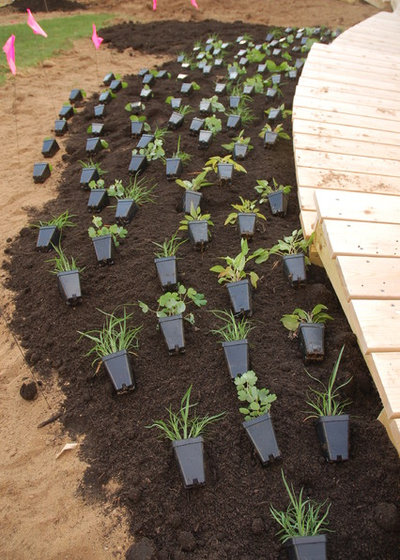
Sparrow Landscaping LLC
12. Ask where your plants come from. I like to keep my local nurseries on their toes, so I often ask where their plants come from and how they’ve been grown. Lots of plants have pesticide residue on their blooms and leaves — especially not good for butterfly larvae (big-box stores especially have issues).
Other plants, like trees and shrubs, come from very different regions of the country. This means that a maple tree grown in Texas might not do as well establishing as one grown in a northern state.
Of course, the best thing you can do is buy natives that are grown locally and organically — native plants will be the best adjusted to your climate.
Shown here are Midwest native plants, including little bluestem, columbine, bergamot, purple coneflower, sky blue aster, harebell and orange coneflower, about to be planted in a northern Wisconsin garden.
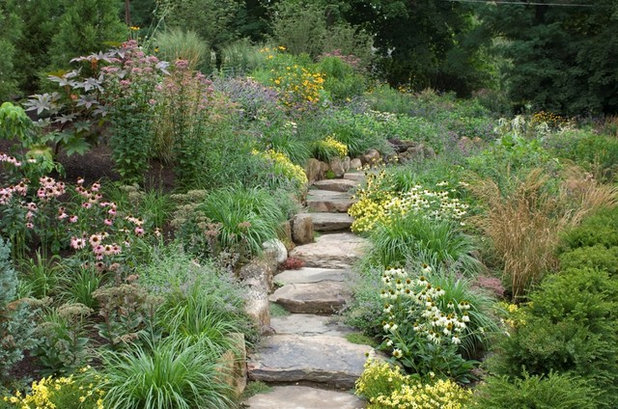
Westover Landscape Design, Inc.
13. Break all the rules. There are no rules. There are some rules. It’s confusing. Try the following for one year and report back to me: Do nothing in your garden in 2014. Leave it alone. Don’t add or subtract. My bet is that you’ll see and feel things more clearly, and become more aware of what’s going on outside as you make a more concrete plan.
Just watch, listen and be in the garden so you learn what it is, what the place has to offer and how it connects to the larger world beyond your lot line. For example, I have a bird flyway along a tree line on my property, which links up to a small wood, so I planted a few more trees to fortify that line, along with an understory of berry-producing shrubs, like viburnum and serviceberry. Good luck!





